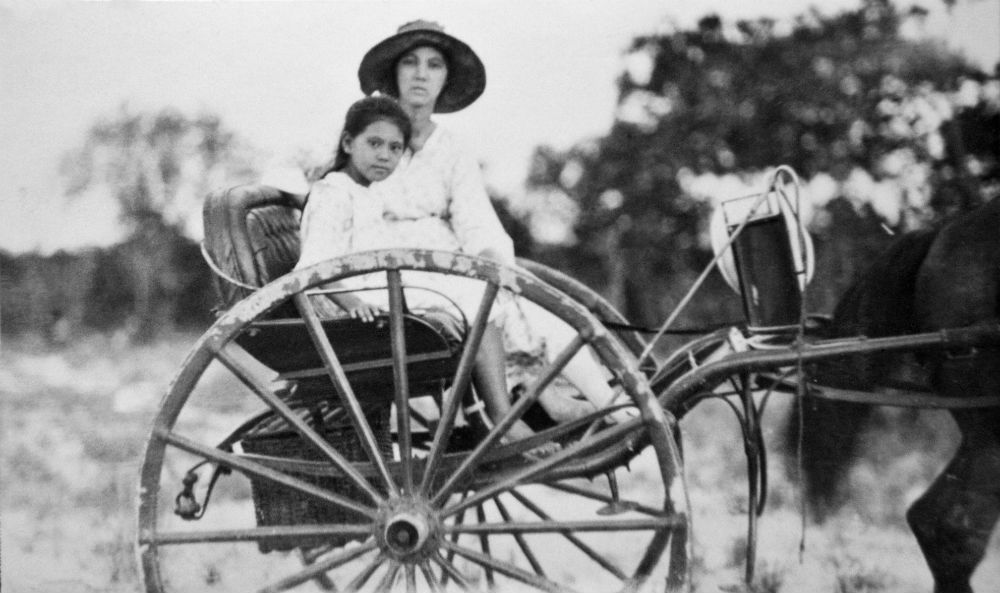Space Theatre, Tue Sep 9
Modern performance artists are spoilt for options: voice live and recorded, images – still and moving, sound and music – live or recorded, multiple screen projections…. but to use them all effectively can be a challenge. This production achieves this with aplomb. Through A Distant Lens tells the story of Japanese photographer, Yasukichi Murakami, who migrated to Australia in the 1930s. His story is told through the eyes of another Japanese migrant who came to Australia in the eighties and who also ended up working as a photographer. Their common Japanese origin and the fact that neither of them intended to work as photographers in their adopted land compels the narrator, Mayu Kanamori, to find Murakami’s missing photographs.
Her quest takes her to Broome, Darwin and back to Japan and as she moves through the stages of Murakami’s life, interviewing those who knew him or knew of him, we learn much about his life and the social history of Japanese residents of Australia of the time. Through glimpses of surviving photos, recorded interviews and dialogues with his ghost we come to know and care about him. The bulk of his photos had gone missing and were hard to locate. When Kanamori does eventually find the photos back with Murakami’s family in Japan they confirm what we have already learned – that he was indeed a fine photographer with a great eye for capturing the Australia of the time.
Through the early part of her quest Kanamori shares imaginary conversations with Murakami in which he teases her about the modern obsession for taking too many photographs and not taking the time to truly take in the world around her. In another series of recorded conversations with Murakami’s paramour she is forced to explain why it is so important to find the missing photos, and confront whether or not she was doing it for her own artistic and personal gain. So a quest for missing photos becomes a reflection on life, purpose and the nature of art.
Throughout, projected images of both our narrator and Murakami’s photographs provide a visual narrative that has its own power, while moments between spoken scenes are filled with evocative sounds of traditional Japanese percussion from Terumi Narushima. Recorded whispered voices of people speaking Japanese suggest their forgotten role in our history. The whole package of live dialogue, screened images, recorded interviews and soundscape effects is all in perfect balance and takes you back and forth between two cultures – it is both an Australian story and a Japanese story. It is a sad fact that many Japanese people living happily in Australia before World War II became unwitting casualties of history when the war broke and were imprisoned in detention centres. Stories like Through A Distant Lens are important because they offer an alternative view of the role of the Japanese in Australia in the 20th century, and a different cultural perspective on the role of the artist. In the words of the ghost of Murakami, “contribution without recognition” is a noble position for an artist to take.
Enriching and enlightening.
by Michael Coghlan
Yasukichi Mirakami – Through A Distant Lens continues at Space Theatre, Adelaide Festival Centre, until Wed Sep 10.
Book at BASS on 131 241 or bass.net.au.
Image of Kuni Hashimoto and Arisa Yura courtesy of Miho Watanabe
Image of Theresa & Kathleen Murakami by Yasukichi Murakami – courtesy Murakami Family Archives
The Clothesline Rating...
Michael Coghlan
Enchanting and enlightening. A conversation between past and present





